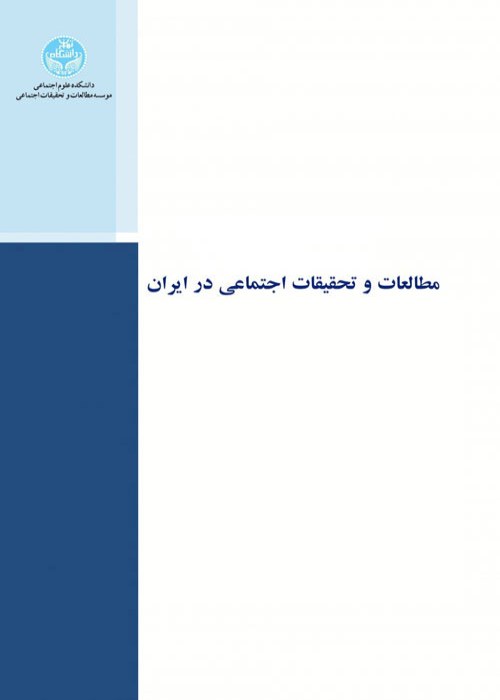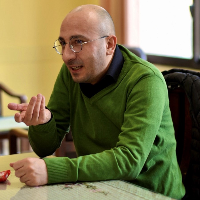Justice-Based Discourse and Representation of Social Classes in Iranian Cinema
Author(s):
Article Type:
Research/Original Article (دارای رتبه معتبر)
Abstract:
Introduction
Films are influenced by the practice of political discourses in representing reality. The ruling discourse is to represent its desired patterns of action and life, and cinema is one of its meeting places. The way characters and their lives are portrayed is directly related to cinema’s dependence on the dominant discourse. Between 2005 and 2013, the discourse of justice gained hegemonic power in Iran. The discourse was not directed at the elites, managers, or political and civil society organizations, but at the masses. The cultural politics of the discourse were based on the dissemination of Islamic values in all fields, including the arts. Therefore, the expansion of justice in film also meant indebtedness to it. In this article, we aim to investigate the representation of classes, including the lower classes, in Iranian cinema during the first presidency of Mahmoud Ahmadinejad.Method
The present study aims to examine the representation of different classes within the discourse of conservatives, using the method of narrative analysis and focusing on Chatman’s theory. Chatman (1978) assumes that narrative has two basic elements: “story” and “discourse.” The “story” is the content of the narrative and the “discourse” is the form of this expression. According to him, the story is composed of actions, characters, productions, things as well as cultural codes, and the discourse includes the structure of narrative transmission and cinematic manifestation. For this purpose, 67 films screened in Iran between 2006 and 2010 were selected as a sample.Finding
The results show that Iranian cinema films represent five categories: modern upper class, traditional upper class, modern middle class, traditional middle class, and lower class. These classes are distinguished vertically according to the “representation of wealth” and horizontally according to the “social values”. On one hand, the upper, middle and lower classes are formed by the distribution of wealth. The values separate the classes into two traditional-modern areas, and thus the traditional-modern classes are separated at both the upper and middle levels.Results & Conclusion
At the level of film discourse, the classes with traditional characteristics are closer to the neoconservative discourse, and at the level of fiction, their narrative is supported by this discourse. As the mainstay of a just discourse, the lower classes are portrayed as warm, family-oriented, hard-working, and sacrificial individuals who are constantly struggling with problems. These problems are imaginatively resolved at the end of the films’ narrative. Finally, the dominant discourse has shirked its responsibility to distribute wealth equitably by reducing the basic problem of this class, poverty, to other things like marriage. In addition, by redefining the concept of justice, as well as constructing the subject of the lower class as a victim of social conditions, the discourse attempts to unify the various spectrums of tendencies and tastes in this class. Finally, the discourse of justice uses the medium of cinema.Keywords:
Language:
Persian
Published:
Quarterly of Social Studies and Research in Iran, Volume:11 Issue: 2, 2022
Pages:
373 to 402
magiran.com/p2456030
دانلود و مطالعه متن این مقاله با یکی از روشهای زیر امکان پذیر است:
اشتراک شخصی
با عضویت و پرداخت آنلاین حق اشتراک یکساله به مبلغ 1,390,000ريال میتوانید 70 عنوان مطلب دانلود کنید!
اشتراک سازمانی
به کتابخانه دانشگاه یا محل کار خود پیشنهاد کنید تا اشتراک سازمانی این پایگاه را برای دسترسی نامحدود همه کاربران به متن مطالب تهیه نمایند!
توجه!
- حق عضویت دریافتی صرف حمایت از نشریات عضو و نگهداری، تکمیل و توسعه مگیران میشود.
- پرداخت حق اشتراک و دانلود مقالات اجازه بازنشر آن در سایر رسانههای چاپی و دیجیتال را به کاربر نمیدهد.
In order to view content subscription is required
Personal subscription
Subscribe magiran.com for 70 € euros via PayPal and download 70 articles during a year.
Organization subscription
Please contact us to subscribe your university or library for unlimited access!



